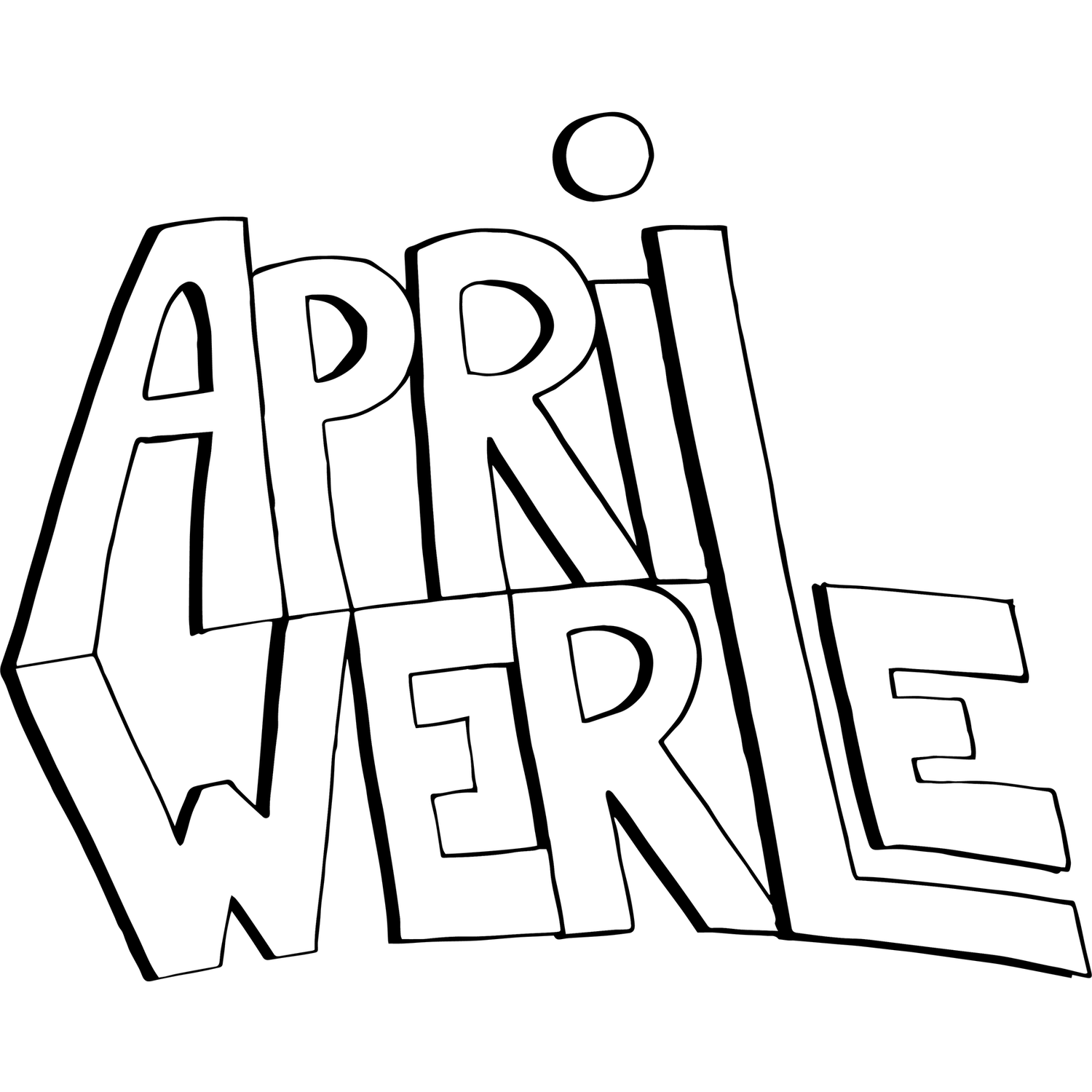3 Things I Learned from my BIPOC Students
Watch the progress from a blank wall to a beautiful multi-cultural mural
This spring, I began teaching an 8-week mural program designed for BIPOC Students.
I’ve actually never taught a course or program, and was super nervous going in. I really wasn’t sure what to expect when it came to student engagement and energy levels, I just knew that I wanted to make sure everyone felt cared for while creating space for students to share their culture.
In a month period leading up to the program start date, I hysterically put up posters and contacted teachers and program directors to get students signed up. The first week of outreach, I was concerned we wouldn’t get any students signed up at all. But I was thrilled when the applications started coming through, and the group of students we had were AMAZING.
We had six high school students and eight elementary school students complete the program. The students ranged from communities all over Missoula and included some from the Native, Mexican, Burundian, Ugandan, Ethiopian, and Filipino communities.
The program was all about exploration: exploring our cultures and identities, and how to create representation for our communities in the form of art.
While teaching students how to paint a mural, I learned several unexpected things from them…
Chitchatting about life and culture while painting
1. Cultural Identity is NOT Always Apparent
There are a lot of indicators that we use to express where we are from, or what culture we belong to. Part of this is physical appearance and language knowledge, but also a lot of it is how we choose to dress and present ourselves.
But you can’t always rely on those things to discern ethnicity.
As a mixed-Filipino, I am no stranger to the idea of “not looking” like my ethnicity. Nor do I think there is a certain way to look like your ethnicity.
And then there’s also the added element of choosing how you culturally identify when you are a mix of cultures.
When I looked around on our first day of class, I was reminded that we cannot assume someone’s ethnic heritage. The privilege of how we ethnically identify is ours alone to decide, especially when we are mixed, and is not relevant to how we look to others.
This theme was really important to me in our class, especially after hearing students say they struggled with the idea of “white presenting” and how that relates to their feelings of belonging.
Students discussing their cultures with one another
2. Friendship is Key to Mutual Learning
It was really important to me that transportation was not an issue keeping students from participating in this program.
We were painting at the elementary school, so our younger students were already there. But our high school aged students came from all over the district. A few of our students, I picked up from school and took home after.
These car rides were pretty entertaining and I learned a LOT from these students in the drives before and after class. And I was HONORED that they felt comfortable to share their thoughts and experiences with me.
Through these interactions with my students, I always kept the spirit of kapwa in mind.
Kapwa is a Filipino value of the unity between “self” and “others”: relating our own humanity with the humanity of others. This led to a lot of storytelling amongst ourselves, sharing life lessons and passions that we could all reflect on.
Ultimately, I felt more like a Filipino Auntie than just a traditional instructor.
High school and elementary school students working alongside one another
3. Students are Inherently Creative
This program felt much more like community building around a wall-canvas, rather than an instructed step-by-step guide to painting a mural.
Yes, we did have a syllabus and weekly agenda to guide us through this program. But there was certainly less need to teach students how to paint, because they are inherently expressive and intuitive with art tools.
Some of these students were self-proclaimed uneducated in the arts, but watching them begin to create thumbnails, sketches, and then pick up paint brushes and layer colors on the wall proved that creation is human nature.
Because our students were intuitively painting, we got to spend a lot of time chitchatting about our different cultures, and sharing stories from our different perspectives.
This mural gave us space to collaborate and share with one another, while creating an environment of empathy and excitement to be in each other’s company.
Finished MCPS BIPOC Student Mural 2022




